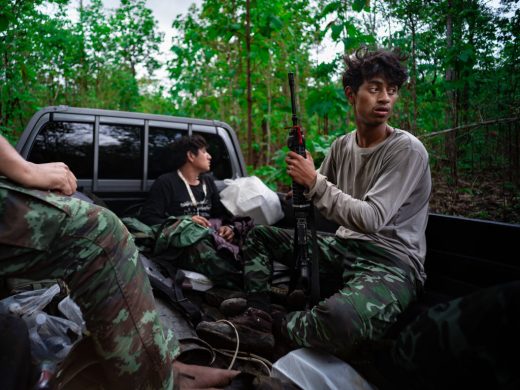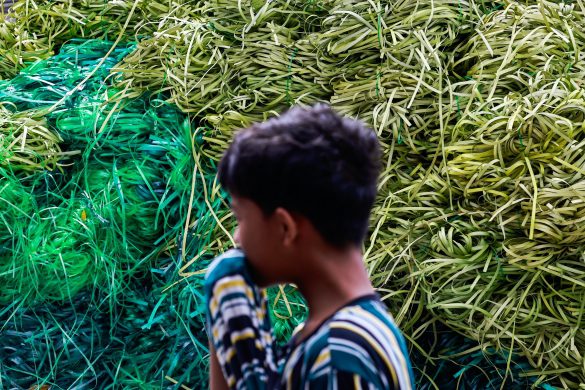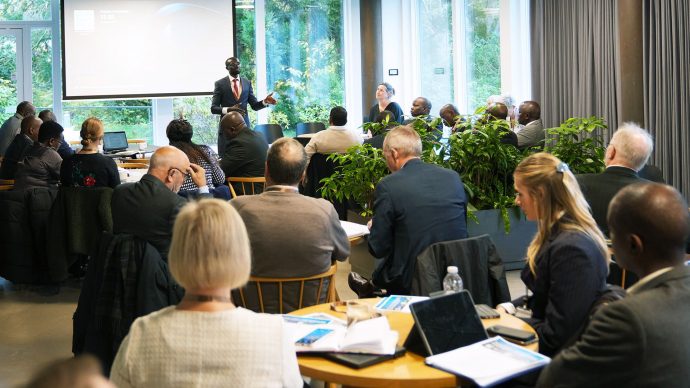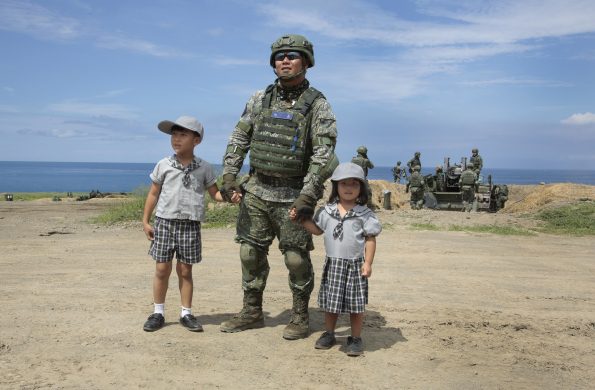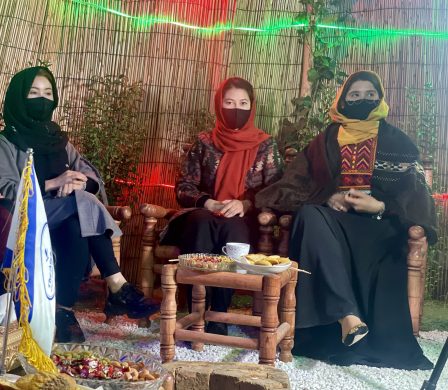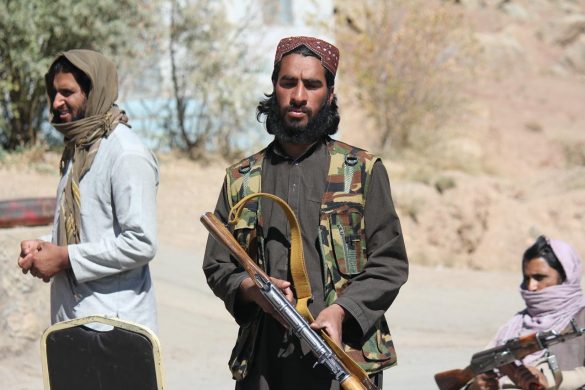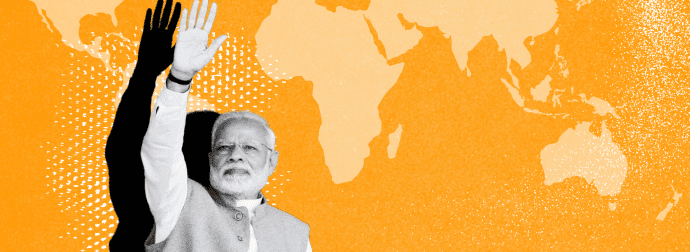På trods af øget usikkerhed i Afghanistan vender afghanske flygtninge i stort tal hjem fra Pakistan. Mellem marts og oktober 2010 vendte flere end 104.000 afghanske flygtninge frivilligt tilbage fra Pakistan, hvilket er dobbelt så mange som i samme periode i fjor, da 54.000 vendte hjem, oplyser UNHCR, FN’s Flygtningshøjkommissariat ifølge IRIN. Deres tilbagevenden er ikke uproblematisk, og der er fortsat 1.7 million registrerede afghanske flygtninge i Pakistan.
“In 2010, most returnees cited economic factors, the difficult situation in Pakistan and improvements in security in some provinces of Afghanistan as the most important reasons for their decision to return,” said Nader Farhad, a UNHCR spokesman.
Pakistan has been hit in 2010 by an ongoing militant insurgency in Northwestern areas, a spate of bombings in major urban centres and the worst floods in living memory.
About 1.7 million registered Afghan refugees still live in Pakistan but UNHCR’s voluntary return programme (started in 2002) has been suspended until spring 2011 as part of a routine winter break, reports IRIN.
Repatriation from Iran, which is hosting about one million documented Afghan refugees (as well as economic migrants estimated to number about a million), will not stop during winter; some 7,600 documented refugees returned to Afghanistan in 2010, UNHCR said.
Over 4.5 million Afghan refugees have returned home, mostly from Pakistan and Iran, since 2002 in what has been described as the largest assisted repatriation programme in UNHCR’s history.
Push factors
Some returnees were persuaded to return home because of the flooding in Pakistan.
“Our houses were destroyed by floods [in Khyber-Pukhtunkhwa (KP)] and there was no one to help us so we thought by returning to Afghanistan at least some of our problems would be solved,” said one returnee to the eastern province of Nangarhar, Baz Mohammad.
For decades Pakistan has been a haven for many war-weary Afghans but things are changing: “Pakistan has fallen into the same problems that Afghanistan has been facing – war and the Taliban,” said Gul Rahman, who recently returned to Nangarhar Province from Pakistan’s KP.
However, others regretted making the move: “I think we made a mistake to come to Afghanistan because in Pakistan at least there were more work opportunities and cheaper food prices than here,” said Zaman Shah, another returnee. Landlocked Afghanistan imports most of its food from Pakistan and Iran.
No way back
According to UNHCR, 29 percent of returnees from Pakistan in 2010 (over 30,000 people) opted not to return to their original home areas.
Of the many refugees who returned after camps were closed in Pakistan over the past few years, about 45,000 sought refuge in informal settlements in the eastern provinces of Nangarhar, Laghman and Kunar, UNHCR said.
But many had no homes of their own there and had become internally displaced persons (IDPs), often living in informal settlements.]
Vulnerable and homeless returnees cannot go back to Pakistan because it no longer accepts new refugees, and UNHCR also no longer offers protection to new refugees in Pakistan.
Government officials say displaced people must return to their home areas. However, people who live in informal settlements in and around cities or towns, say they want the government to distribute land to them so they can build their own houses.



